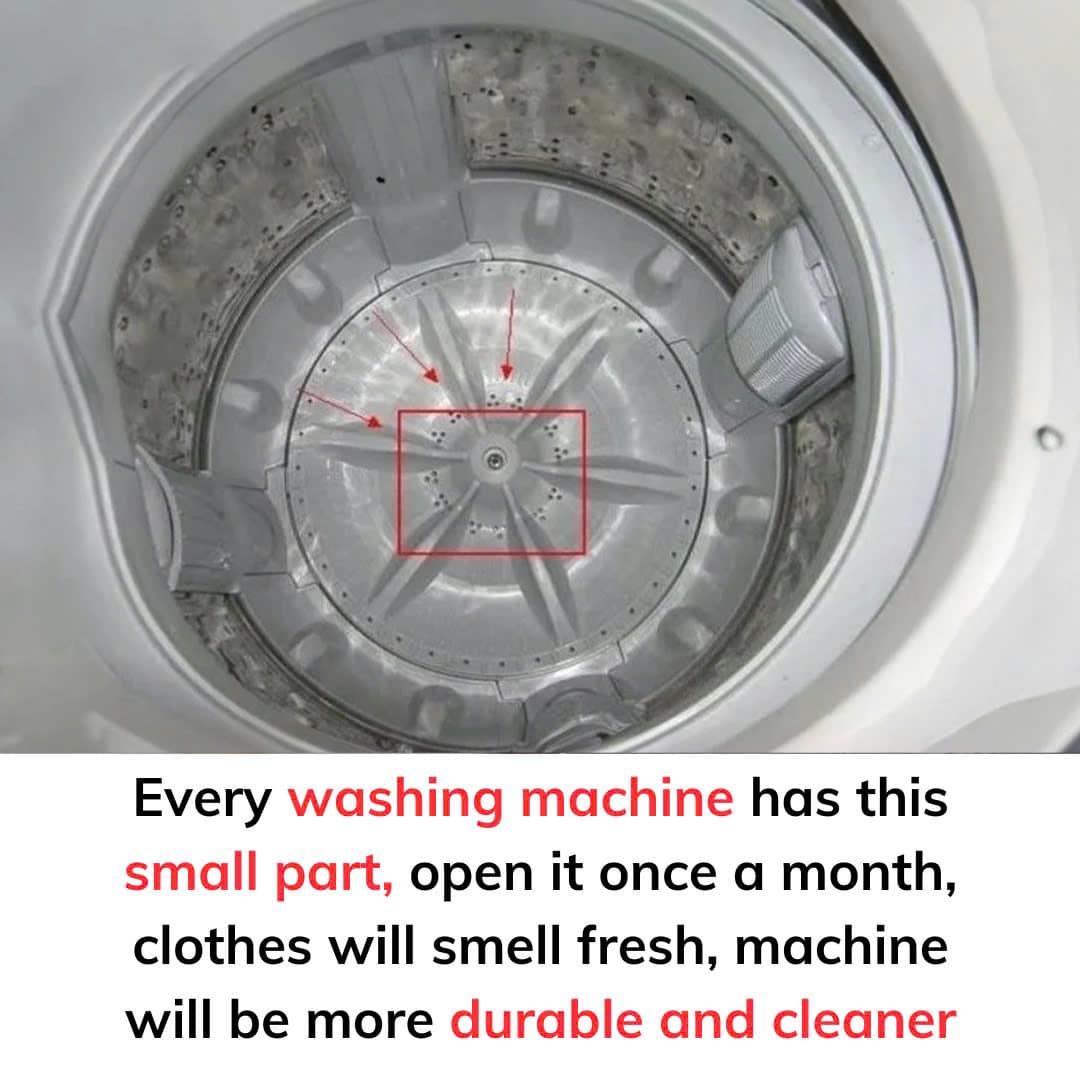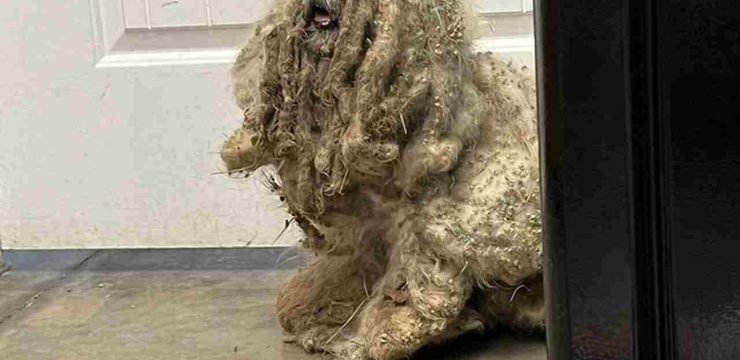Washing machines have become an indispensable part of modern households, making laundry chores faster, easier, and more efficient. However, while many people focus on choosing the right detergent or wash cycle, one crucial component often gets overlooked—the washing machine filter. Regular maintenance of this small yet essential part plays a significant role in ensuring your washing machine operates smoothly and your clothes come out spotless and fresh after every wash.

Every washing machine, whether front-loading or top-loading, is equipped with a lint filter designed to trap debris such as lint, fabric fibers, dirt, and other small particles during the wash cycle. Over time, these particles accumulate and can clog the filter, leading to a range of problems. First, you might notice that your clothes are not getting as clean as they should. Lint, dirt, and residue can redeposit onto your clothing, leaving them stained or smelly even after a full wash cycle. Second, a clogged filter forces the machine to work harder to circulate water, which not only reduces its efficiency but can also shorten the machine’s overall lifespan. Lastly, accumulated moisture and debris in a dirty filter can become a breeding ground for mold and mildew, leading to foul odors that can linger in both your clothes and the machine itself.
Cleaning your washing machine filter regularly is a simple task that can prevent these issues and save you from expensive repairs in the long run. The process, however, differs slightly depending on whether you own a front-loading or top-loading washing machine.
For front-loading machines, the filter is usually located behind a small access panel at the front or bottom of the appliance. You’ll need to carefully open the panel, which might require a screwdriver if it’s secured with screws. Once open, unscrew the filter cap and prepare for some water to spill out. A towel or shallow container placed below can help manage any mess. Remove the filter, rinse it thoroughly under warm water, and scrub away any stubborn debris with a soft brush. Before reinstalling it, wipe down the area where the filter sits to ensure no residue remains.
In top-loading washing machines, the lint filter is commonly located either inside the drum, attached to the agitator, or along the drum walls. To clean it, carefully remove the filter or lint trap and rinse it under warm water, using a soft brush to scrub off any stubborn particles. Once clean, dry the filter thoroughly before placing it back in the machine. Additionally, it’s a good idea to wipe down the drum and surrounding areas to prevent any lingering dirt or mold growth.
Experts recommend cleaning your washing machine filter at least once a month. If you frequently wash heavily soiled clothes, such as muddy sports uniforms or pet bedding, you may need to clean the filter more often. Alongside regular filter maintenance, running an empty wash cycle with white vinegar every few months can help remove odors and residue buildup from the drum and other internal parts. After each laundry session, make it a habit to leave the washing machine door slightly open to allow air circulation and prevent mold from forming in the drum.
There are also common mistakes that many people make when it comes to washing machine maintenance. The first and most frequent mistake is forgetting the filter even exists. Many people don’t realize their washing machine has a filter, and as a result, it remains clogged for months or even years. Always check your appliance manual to locate the filter and understand the recommended cleaning process. Another mistake is using harsh chemical cleaners on the filter. These chemicals can damage the filter material and other delicate components of the washing machine. Instead, stick to mild soap or vinegar for cleaning. Lastly, don’t ignore signs of a dirty filter. If your laundry smells musty or comes out covered in lint, it’s time to inspect and clean the filter immediately.
Regular maintenance of your washing machine filter offers more benefits than just clean clothes. It can save you money by preventing costly repairs and extending the lifespan of your appliance. A clean filter ensures water flows efficiently through the machine, reducing energy consumption and keeping your utility bills in check. Additionally, it prevents mold and mildew buildup, so your clothes come out smelling fresh and clean every time.
In conclusion, while your washing machine does the heavy lifting when it comes to your laundry, it also relies on you for a little care and attention. Regularly cleaning the lint filter is a quick and straightforward task, yet it has a significant impact on your washing machine’s performance, efficiency, and longevity. So, the next time you hear the hum of your washer starting a load, remember: a clean filter isn’t just about maintenance—it’s the key to cleaner clothes, a fresher machine, and long-term savings. Don’t let something as small as a clogged filter turn your laundry routine into a frustrating chore. With a little effort, you’ll ensure your washing machine keeps running smoothly for years to come.





